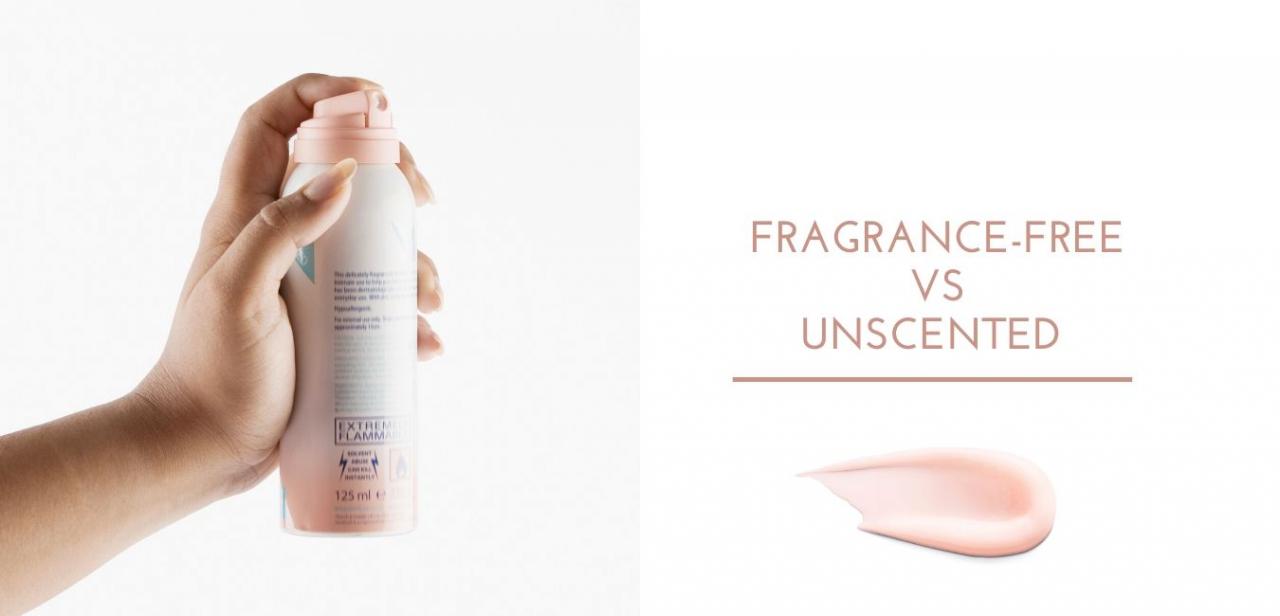 iStockphoto/Thinkstock
iStockphoto/Thinkstock
Shingles is caused by the same virus that causes chickenpox in children, herpes zoster. Afterwards, the herpes zoster virus stays in the body but lays dormant. If it becomes reactivated from stress or an illness, a painful rash develops, typically on one side of the body or face.
There are more than a million cases of shingles each year and a great concern is that many (about 30 percent according to the New York Times) develop postherpetic neuralgias.
This causes continued pain in areas that follow the path of nerves that the virus has affected. There is no cure for this affliction and some suffer for years after an outbreak.
The vaccine, Zostavax ® (Zoster Vaccine Live), came to market in 2006 and provides for protection against shingles. It is approved by the CDC (Centers for Disease Control and Prevention) for those aged 60 and older.
“A 2011 study in The Journal of the American Medical Association reported that the rate of shingles was 55 percent lower in the 75,761 people age 60 or older who received the vaccine, compared with those who did not.” (4)
Side effects reported from the vaccine are redness and soreness at the injection site and possible headaches. It has also been found that in those who have a shingles outbreak, despite having received the vaccination, have lessened symptoms after receiving the vaccine.
Two prominent issues of cost and availability play a role in whether and how one should get the shingles vaccine.
The vaccine costs $161 dollars a vial from Merck. This does not include the administration fee, which brings the cost closer to $200. The vaccine must be kept frozen so many doctors offices do not have the Zostavax shots available, unless they usually keep a stock of other immunizations for patients.
For those over the age of 65, only Medicare Part D reimburses for the shingles vaccine minus the co-pay. However, doctor’s offices cannot bill under part D, they only bill their services under part B. The patient must pre-pay the doctor’s office for the Zostavax and submit the bill to part D themselves to be reimbursed.
For those ages 60-64, private insurance may or may not cover receiving the vaccine depending on the carrier, so one would need to check first.
These financial obstacles have created both confusion and hardship for those who either cannot afford to pay $200 out of their pocket or simply do not have Medicare part D coverage. “It’s the most expensive vaccine recommended to the elderly,” says Dr. Rafael Harpaz, an epidemiologist at the CDC.
The good news is that local pharmacies such as Riteaid can administer shingles vaccines and can bill Medicare part D directly. A person over the age of 60 does not need a doctor’s prescription beforehand to receive the immunization.
Medicare co-pay amounts will depend on your plan. My local Riteaid reported that most private pharmacies have not been paying for the vaccine, which leaves those without coverage to pay for the immunization themselves.
However, Merck does offer an option to help those who are unable to afford the vaccination. To check if you qualify, go to http://www.merck.com/merckhelps/
My local Riteaid also said they are not allowed to provide the drug for a patient to take back to a doctor’s office for administration since the drug can only be out of the freezer for 30 minutes before administration.
Other pharmacies probably have similar policies so it isn’t practical to get it from a pharmacy and bring it to your doctor to give you the shot.
If you and your doctor decide you should have a Zostavax shot, it is probably best to contact your local pharmacy and arrange for them to give you the shot, not your doctor. The doctor’s office can have the pharmacy fax verification that you have received the shot to add to your medical record.
Make sure to call the pharmacy first to make sure they have Zostavax in stock as in previous years, Merck has run short of supply.
Sources:
1. Should you get the shingles vaccine? MSN Health. Retrieved May 19, 2012.
http://health.msn.com/health-topics/vaccinations/articlepage.aspx?cp-doc...
2. Zostavax (Herpes Zoster Vaccine) Questions and Answers. U.S. Food and Drug Administration. Retrieved May 19, 2012. http://www.fda.gov/BiologicsBloodVaccines/Vaccines/QuestionsaboutVaccine...
3. The Shingles Vaccine Returns By PAULA SPAN May 15, 2012, Health: New York Times. Retrieved May 19, 2012.
http://newoldage.blogs.nytimes.com/2012/05/15/the-shingles-vaccine-retur...
4. Few Takers for the Shingles Vaccine. By PAULA SPAN January 12, 2012. Health: New York Times. Retrieved May 19, 2012. http://newoldage.blogs.nytimes.com/2011/01/12/few-takers-for-the-shingle...
Michele is an R.N. freelance writer with a special interest in woman’s healthcare and quality of care issues. Other articles by Michele are at www.helium.com/users/487540/show_articles/
Edited by Jody Smith





Add a Comment2 Comments
Just to clarify to anyone reading the above comment: Herpes Zoster is not the same as Herpes Simplex Type I or Type 2 (HSV-1, HSV-2).
Shingles is not a sexually transmitted disease like the other type of Herpes.
May 23, 2012 - 4:53amThis Comment
Living with Herpes is really hard, especially when you are a single. According to a report from the largest Herpes singles dating site HerpesSupport.net, 98% of its members who used to be on a general dating site to find the love and support were rejected by others. That could be the reason that why HerpesSupport.net is so popular and now has more than 650,000 members.
May 22, 2012 - 8:28pmThis Comment